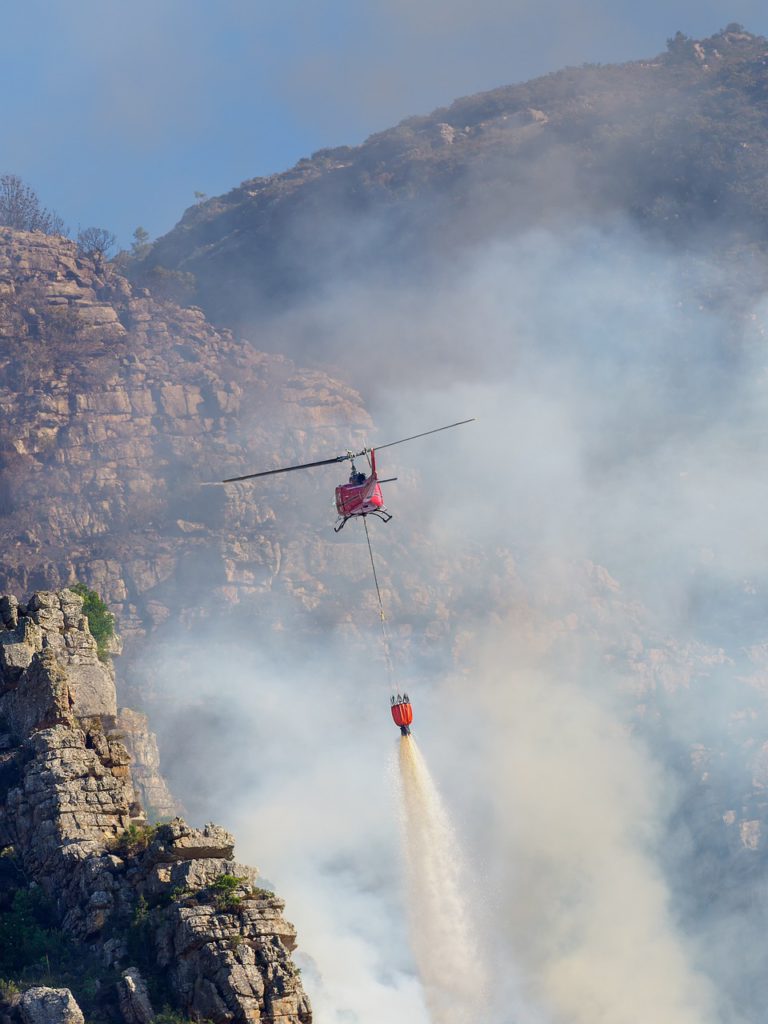Contents
By now, the world knows about the horrible tragedy of the Lahaina fire on the island of Maui, Hawaii. Our hearts are with the families of the victims.
Let us understand the lessons, so we may better prepare for such circumstance in our own lives.
Lahaina’s Fire – A Recap
Maui’s Lahaina fire started on August 8th at 12:22 AM, when the majority of residents were sleeping. Throughout the night, the fire grew large enough to initiate an evacuation of at least one neighborhood.
Even though authorities declared that the fire was contained by 10AM, high winds from a nearby hurricane, as well as brush from a drought, would tragically drive the fire to its immense proportion.
By 3:30 PM that day, multiple flareups were growing, and the as of this writing, it is unclear whether the authorities knew about the number of flareups or their locations.
What is painfully clear, however, is that the island’s general alarm did not sound in an attempt to warn residents of the developing emergency.
Lesson 1 – Evacuations Are Not Equal
Read the post Anatomy of an Evacuation to better understand the complexities regarding evacuations in general.
The goal is to understand the fundamental building blocks that are common to many evacuations. We can apply the lessons to our own evacuation preparations.
Lesson 2 – Always Be Ready to Go

Lahaina’s residents, whether they were prepared to leave or not, left when the situation reached a point of obvious mortal danger. That point arrived hurriedly and without warning.
Those who prepared ahead of time for such an event gave themselves advantages:
- More options to escape danger (examples in Lesson 3)
- Took more relevant resources (such as provisions, money, IDs, etc.)
- Confidence and focus in knowing they already have a plan
Being ‘ready to evacuate’ from your home means many things, but here are some basic steps that apply to everyone, regardless of where they live or the reason they would need to evacuate:
- Formulate a plan and print it out
- Establish at least 2 feasible evacuation routes in opposite directions
- Build your own ‘go-bag’ or ‘bug-out-bag’
- This gives you better options to be mobile without your vehicle
- Test your gear and practice evacuation at least once per year
Backup to the Cloud
Well ahead of a disaster, backup all important documents and photos and save them to the cloud. The key is to repeat this process routinely.
When the time comes to evacuate promptly, you will know that your valuable information and memories are safe, far away from the disaster zone. One less thing to worry about.
Refer to the blog post series “Digital Data and Preparedness”
Lesson 3 – Be Agile
Even if you devise the best evacuation plan, your emergency situation could hinder your actions physically and psychologically. Being agile means giving yourself options to adapt to a changing environment.
As Lahaina residents evacuated by car, the roads were blocked or impassable. Those who had off-road capabilities escaped by car into the hills and survived. This article explains their dire circumstances.
If you were to get trapped on the roadway without an off-road vehicle, you would be more likely to ditch your vehicle and head for safety if you were prepared to do so:
- The most relevant gear was in a backpack (go-bag or bug-out bag)
- First aid kit
- Water
- You have proper footwear and clothing
Being agile is a good concept to apply to all preparation matters and for life in general.
Give Yourself Alternatives
“One is none, two is one” – This phrase is commonly used by the prepping community to illustrate that one of anything is never good enough. This is to avoid single points of failure.
For example, you want to start a campfire and brought just one lighter. If anything should happen to the lighter, such as running out of fuel, a leak, or other mechanical failures, there would be no campfire. Bring at least one alternative, such as another lighter, matches, flint, or other methods will ensure your marshmallows will be nice and crispy.
This is why airliners have multiple engines and why computer networks have multiple pathways.
Applying this concept to all facets of emergency preparation may mean the difference between life and death.
If you are faced with an evacuation emergency, as was seen in Lahaina, be prepared to evacuate by car, bike, walking, or even floating (such as in a flood zone or access to bodies of water), or any combination.
Lesson 4 – The Authorities are Limited
Despite the immense power and responsibility we bestow on our government, we must always be mindful to never grow fully dependent on their judgement or capabilities.
Local, state, and the federal government authorities have all demonstrated:
- Their priorities do not always align with the public
- Their information may be biased, inaccurate, or outdated
- They do not handle large scale, fast-moving emergencies well
Heed the warnings and advice of the authorities, but use your own judgement and other sources of information to arrive at your own conclusions, especially if your life in on the line.
Your Next Steps
The action items you should take today:
- Develop an evacuation plan tailored for you and your loved ones
- Multiple egress directions
- Multiple evacuation methods
- Print out the plan
- Store the plan with your go-bag / bug-out bag
- Share your evacuation plan with other adults in your family
- Be prepared to leave your home
- Have checklists at the ready to leave your home in a rush
- Sign up to receive emergency alerts
- FEMA alerts (do not be solely reliant on them)
- Localized alerts near you




0 Comments